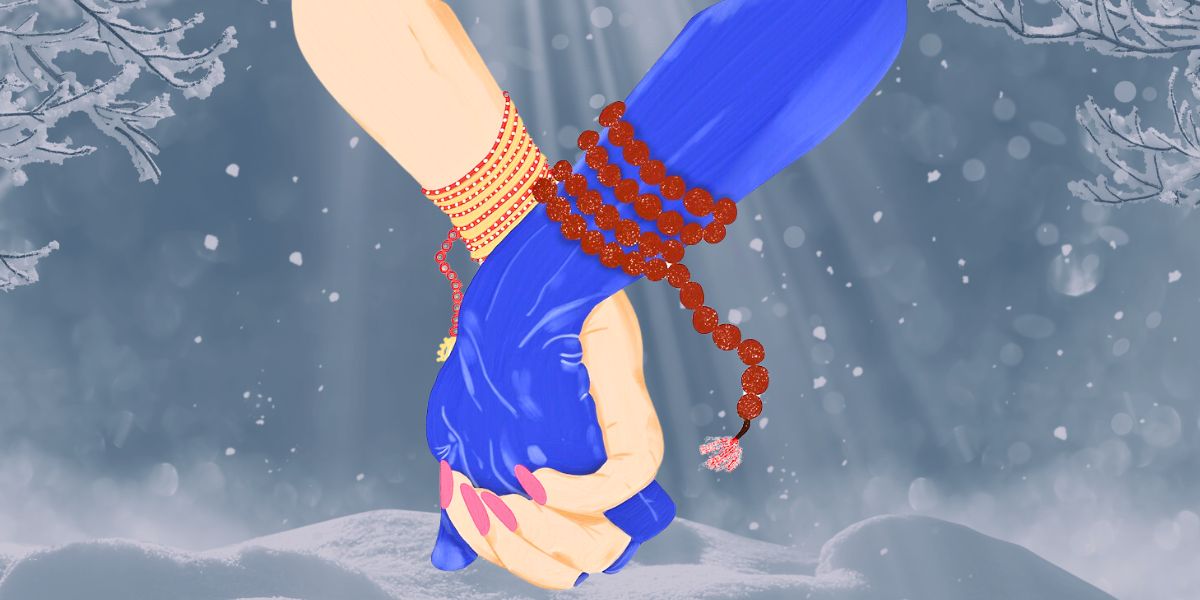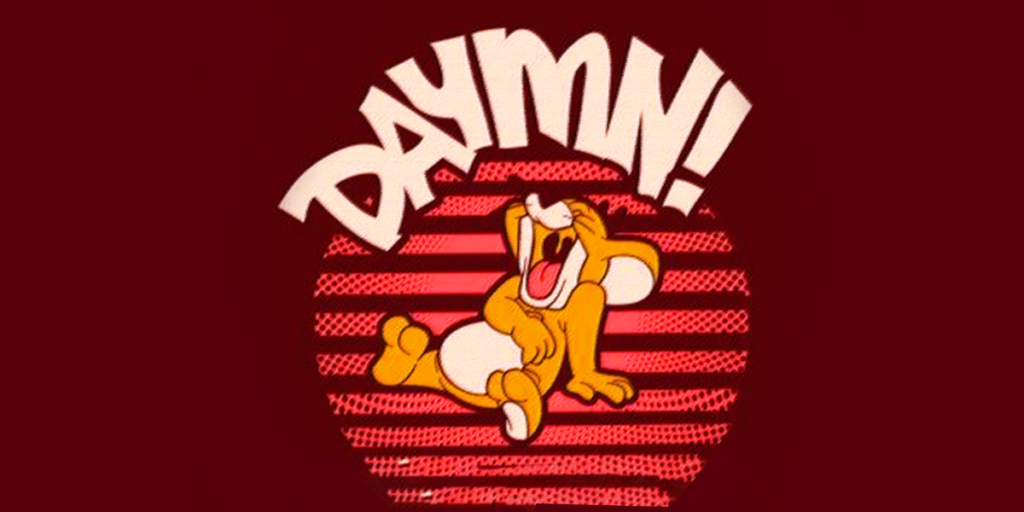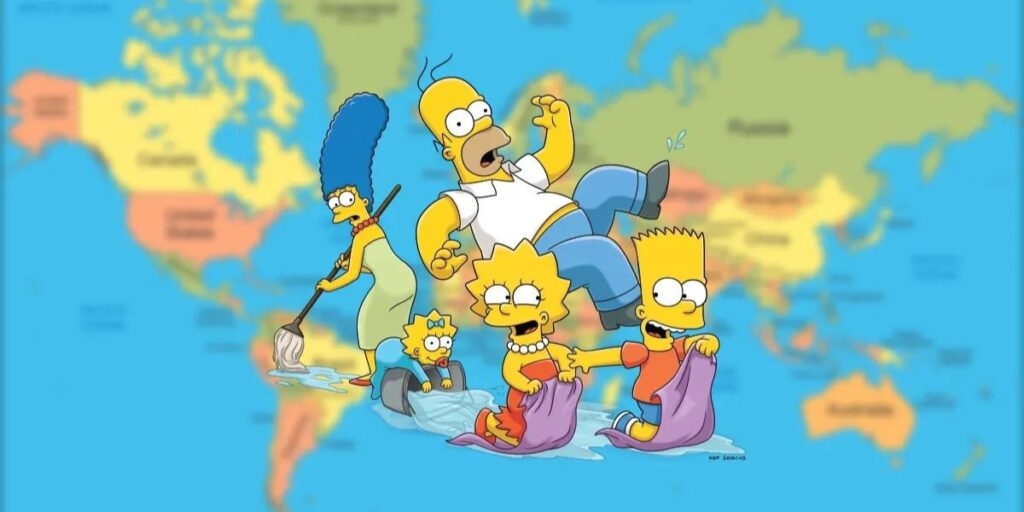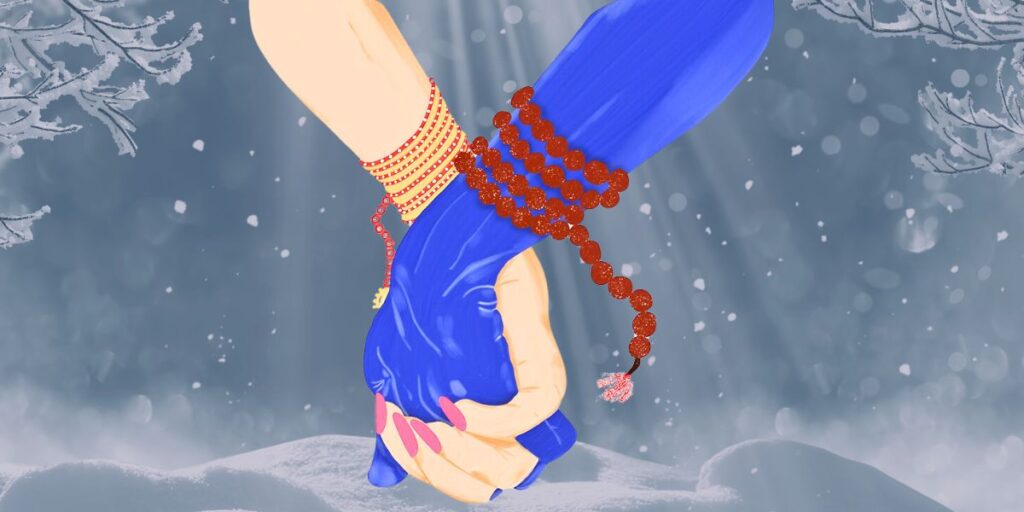
“Arranged marriage” is a term that often pops up in conversations when my typical Indian family discusses weddings. It’s interesting how, despite all the changes happening around us, there’s still this belief that love marriages might not stand the test of time. It’s like when you’re around people holding on to this mindset, you start wondering if your love story could be an exception.
You know, there are times when we question everything. Especially when we remember stories like Radha and Krishna, where their love didn’t end up in marriage. It makes you wonder, “Can our love story work out?” But hey, in these moments, we tend to forget about an iconic couple and the first love marriage of India that could be the perfect example for lovers nowadays – Lord Shiva and Mata Parvati.
Yes, they’re divine figures, but their story is so human and relatable. It’s like they faced challenges and uncertainties, just like us. Yet, their love lasted, and they found their happily ever after. When you think about it, Shiva and Parvati become this light of hope, reminding us that love, no matter how unconventional or challenging, can lead to a beautiful and lasting connection. Their story is a bit like ours, isn’t it?
The Divine Encounter For First Love Marriage
The love story of Shivji and Mata Parvati is one of my personal favourites for various reasons. Let’s reveal the cosmic story of how this dynamic pair became the ultimate power couple in the “will they, won’t they” situation.
Well… Let me not keep the suspense waiting any longer! The most popular tale about how Parvati and Shiva united goes on like this…
Sati, / Uma, was the daughter of Daksha and the wife of Shiva. Due to her father’s insults and hatred towards Lord Shiva, Sati immolated herself and wished to be reborn to a father who would love and respect her marriage to Lord Shiva. When Parvati grew up, Sage Narada visited her and told her that she had a chance to marry her husband from her previous birth, Lord Shiva, if she followed the path of tapa, or penance. Determined to marry Shiva, Parvati devotedly took up the difficult path of penance.
The loss of Sati had made Lord Shiva detach from worldly affairs and take up the path of deep meditation. He was so deep in meditation and mourning that he did not notice Parvati or her love for him. On the other side, the Devas were tortured by Tarakasur, a famous villain from those times who could only be defeated by the son of Lord Shiva. All these led to the intervention of Kamadeva, the God of Love. Kamadeva shot Shiva’s heart with an arrow of love, hoping that he would open his eyes from the state of meditation and notice Parvati’s unconditional love for him.
The Legend of First Love Marriage
Kamadeva’s arrow had disturbed Shiva’s meditation, and this enraged Shivji. In anger, he opened his third eye (the fiery eye that always remained closed) and burned Kamadeva to ashes. However, Lord Shiva went on to realise Parvati’s love for him and the fact that she’s the reincarnation of Sati.
Shiva and Parvati agreed to marry each other. We celebrate this as Maha Shivratri every year. Lord Brahma discharged the duties of the divine priest, while Lord Vishnu took care of the wedding preparations. Some people say that Lord Vishnu performed the Kanyadaan (giving away the bride) at the wedding of Shiva and Parvati.
Challenges Faced By First Love Marriage
All love stories, including the nation’s first love marriage, have the same drama and flavour as a Bollywood movie. It’s a timeless, spicy tradition versus anything modern! Our Adinath and Mata Parvati also faced obstacles such as family opposition, societal norms, and personal trials.
Family disapproval was visible in their different personalities. In sharp contrast to Parvati’s sensitive and caring demeanour, Shiva was strict with his customs and deep meditation. Concerns from distant relatives were evident. They were of the opinion that the union of these two seemingly mismatched individuals could disturb the harmony of the universe. Even on Lord Shiva and Parvati’s marriage day, when Shivji went with his baraat Mata, Parvati’s mother and relatives insulted Shiva for his looks and said they were not compatible.
Even in heavenly places, social norms cast an imprint on a couple’s love. Traditional beliefs and expectations among the heavenly community cast doubt on the validity of a union between the fierce lord and the innocent goddess.
The Sacred Union Of First Love Marriage
The union of Shiva and Parvati is highly significant. His austerities and her devotional qualities harmoniously blend to form their union, which represents the harmony of opposites. It also symbolises the idea of oneness in duality, as shown in the concept of Ardhanarishvara, where Shiva and Parvati are portrayed as a single gender figure.
Devotees often speak of Shiva and Parvati together in Hindu rites and prayers, acknowledging the deep love and spiritual profundity of their partnership. Recitations of mantras like “Om Namah Shivaya” and “Om Parvati Pataye Namah” honour their divine bond and offer blessings for harmony, love, and spiritual advancement. Shiva and Parvati’s love tale serves as a constant source of inspiration, serving as a reminder of the transformational power of love and the unbreakable connection between the feminine and male energies that create the universe.
There is a great influence of the love story of Adinath and Devi Parvati on Hindu customs. Their union is celebrated through festivals and celebrations, and devotees look to their stories of love and dedication for inspiration. Many works of music, literature, and art have been influenced by the tale, making it a timeless source of cultural enrichment. Beyond the boundaries of religion, their love tale has shaped Hindu culture’s understanding of relationships and love by highlighting the values of dedication, respect for one another, and the enduring power of love. The cultural tapestry of Lord Shiva and Goddess Parvati’s love enchants generations, leaving a lasting impression on the rich heritage of Hindu customs.
Frequently Asked Questions (FAQs)
1. What is considered the first love marriage in India?
The first love marriage in Indian mythology is often attributed to Shiva and Mata Parvati. Their celestial union is celebrated as a symbol of divine love and companionship.
2. How many avatars does Lord Shiva have?
Shivji had 19 avatars, each representing different aspects of his divine nature. These avatars play significant roles in various mythological tales, showcasing the multifaceted nature of the deity.
3. Who is the daughter of Lord Shiva?
Ashok Sundari is the daughter of Shiva. She is adorned for her beauty and grace, adding a familial dimension to the divine narratives in Hindu mythology.
Quotes on Mahashivratri
- On the occasion of Maha Shivratri, may the Lord guide you to the divine truth and bless you with strength and courage. Har Har Mahadev!
- A day when positivity wins over negativity! Har Har Mahadeva, Happy Maha Shivratri wishes for you and your family.
- Let us celebrate the night of Shiva and Parvati’s union! The night of destruction and the night of creation! The night of the Lord of Lords! Let’s celebrate Maha Shivratri! Om Namah Shivay.
- May Lord Shiva fill us all with his divine blessings and give us solidarity to move forward with truth, purity, and divinity. Happy Maha Shivaratri to all of you! Om Namah Shivay!
- Shivaratri means auspicious darkness. Spend the night of Shivaratri by sincerely chanting the name of Lord Shiva, and He will bless you and your loved ones always! Har Har Mahadev!
- May you spend the night of Shivratri chanting the name of Lord Shiva and soaking in his divine blessings! Om Namah Shivay! Happy Maha Shivratri!
- Hope all the negativity, sorrow, and troubles in your life go away with the blessings of Lord Shiva. Wishing Maha Shivratri.









